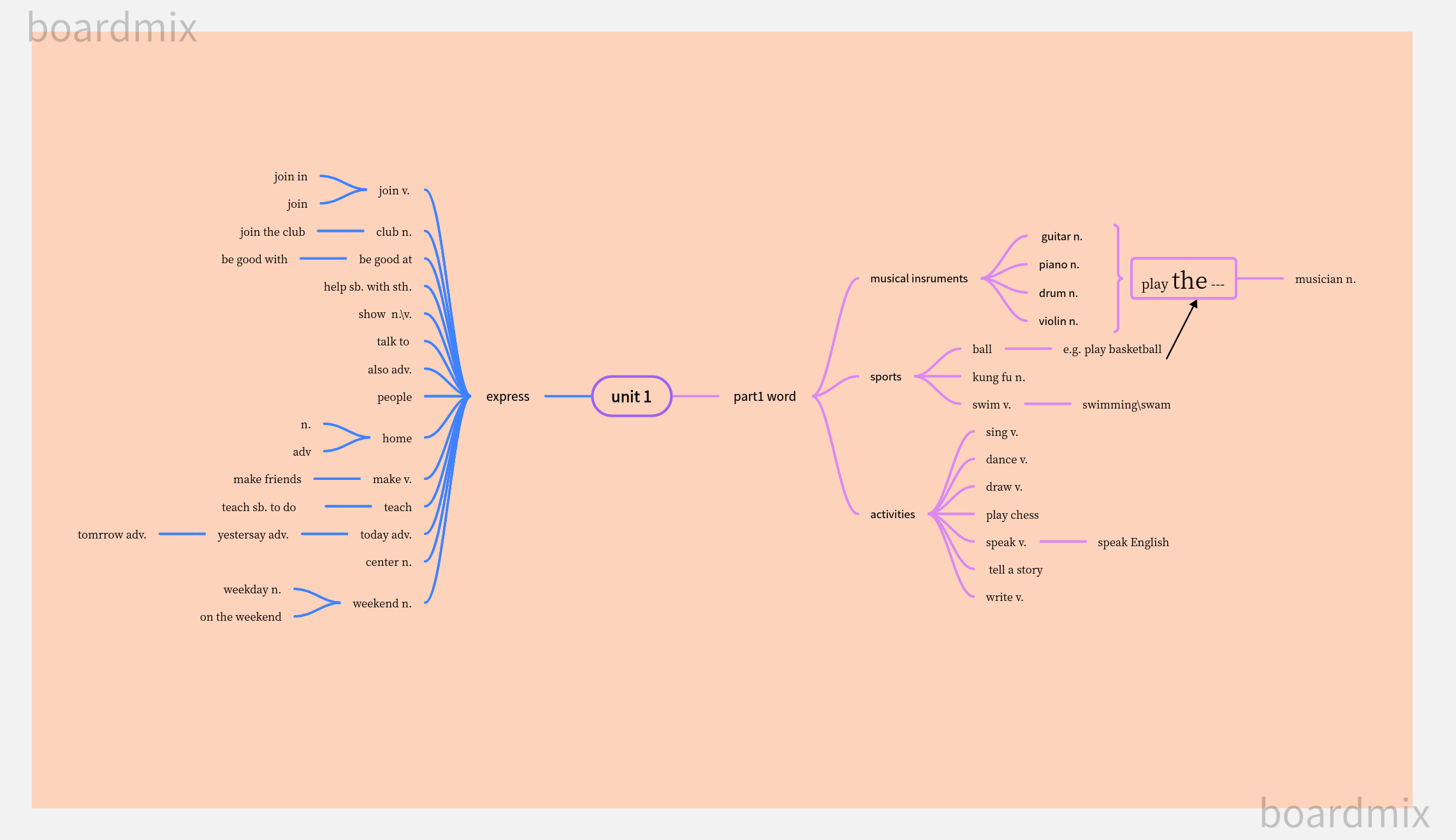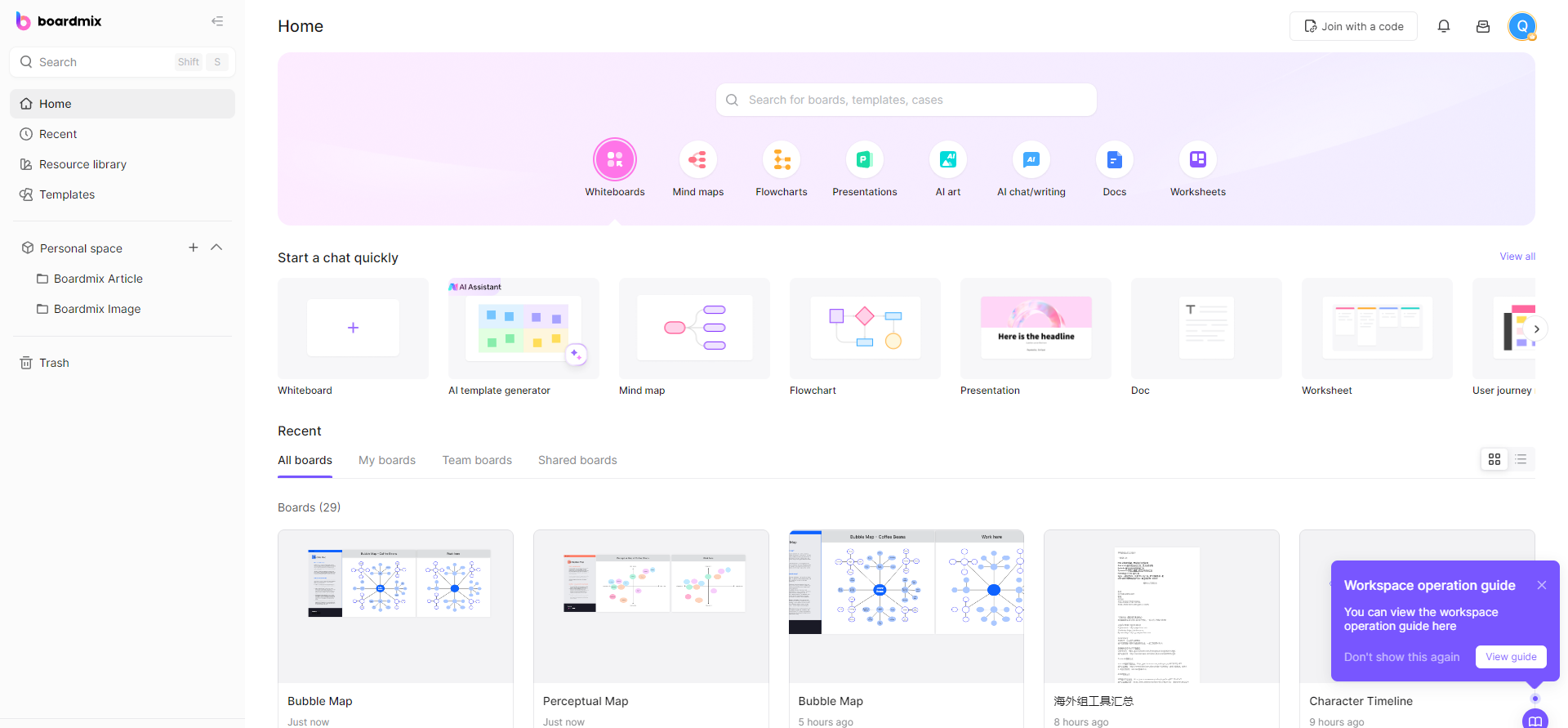What is the Vocabulary Graphic Organizer for Elementary Students?
Vocabulary graphic organizers are educational tools that can assist elementary students in comprehending and memorizing new words more effectively. These visual aids allow learners to dissect a new word into its core elements, including its definition, antonyms, synonyms, how it is used in a sentence, and even through a pictorial representation.
Vocabulary graphic organizers can significantly enhance vocabulary learning for elementary students by providing an engaging, systematic, and comprehensive approach to understanding new words.
How do Vocabulary Graphic Organizers help Elementary Students?
Vocabulary Graphic Organizers are effective tools used in elementary classrooms to improve and strengthen a student's vocabulary. By breaking down words and concepts into more digestible parts, they aid in comprehension and retention of new vocabulary. Let's delve into how they help:
1. Enhances Understanding and Retention
These organizers help students to dissect new words and understand their meaning in a structured manner. By visualizing the word, its synonyms, antonyms, and usage, students can get a holistic understanding of it. This multi-faceted exposure to the word not only enhances understanding but also helps in long-term retention.
2. Encourages Active Learning
Filling out the graphic organizers requires active involvement from the students. As opposed to passive learning, this hands-on approach ensures that students engage more deeply with the material, leading to better learning outcomes.
3. Simplifies Complex Information
Many new words have complex meanings that can be difficult for a child to understand. Vocabulary graphic organizers break this information down into simpler, smaller parts, making it easier for students to grasp.
4. Aids in Visual Learning
Visual representation is a potent learning tool. For visual learners, graphic organizers can make a significant difference in how effectively they can learn and remember new words.
5. Promotes Critical Thinking
By analyzing the word from various aspects, such as its antonyms, synonyms, usage, etc., students employ critical thinking skills. It encourages them to think beyond just the 'meaning' of the word and understand it more comprehensively.
6. Useful Reference Tool
Once filled, these graphic organizers act as a handy reference tool for students. They can go back and review these organizers any time they need to refresh their memory about a particular word.
In conclusion, Vocabulary Graphic Organizers play a crucial role in enhancing vocabulary skills among elementary students by making the learning process more interactive, engaging, and efficient.

5 Vocabulary Graphic Organizers Examples for Elementary Students
1. Frayer Model
The Frayer Model is a popular vocabulary graphic organizer that involves a square divided into four quadrants. The new word is written in the middle of the square. Each quadrant represents different aspects of the word, typically including its definition, characteristics, examples, and non-examples.
2. Vocabulary Word Map
A vocabulary word map allows students to associate words with various related aspects. Usually, it includes a space for the word's definition, synonyms, antonyms, and a sentence using the word in context. The central section can be used for an illustration that represents the meaning of the word.
3. Semantic Map
A semantic map, or semantic web, starts with a central word. Branching out from the center are related words or categories of information related to the word. For instance, one might include categories for "synonyms", "antonyms", "uses in a sentence", or "related concepts".
4. Word Ladder
A word ladder organizer helps students build vocabulary through sequential word relationships. They start with one word at the top of the ladder and make small changes to form new words at each step. For instance, they might change one letter or add a letter to create a new word at each rung of the ladder.
5. KWL Chart
A KWL chart can also be used to build vocabulary in younger students. The K column represents what the student already knows about the word, the W column represents what they want to know or questions they have about the word, and finally, the L column is filled in with what they learned after studying the word.
These are just a few examples of how graphic organizers can be used to aid vocabulary learning in elementary students. Teachers and students can choose from these options or design their own organizers to best fit their individual needs and learning styles.
How to use the Boardmix Vocabulary Graphic Organizers for Elementary Students

1. Selecting the Right Organizer Template
The first step is to choose an appropriate template from the variety available on Boardmix. For elementary students, simpler templates such as vocabulary squares or Frayer models work best.

2. Inserting the New Vocabulary Word
Once you've selected the template, insert the new vocabulary word in the center of the organizer. This will be the focus word for the student to learn.
3. Adding Details About the Word
In the surrounding boxes or sections of the organizer, add details about the word. This may include:
Definition: Write down what the word means in simple language that a child can understand.
Synonyms: Include words that have similar meanings. This will help students build connections between words.
Antonyms: Add words with opposite meanings to further expand students' vocabulary.
Usage: Write a sentence showing how the word is used in context. Ensure that the sentence is simple and relevant to a child's daily life.
Illustration: Allow students to draw a picture related to the word. This encourages creativity and helps visual learners better understand the word.
4. Customizing Your Organizer
Boardmix offers various customization options. You can change colors, fonts, and add images to make the organizer more visually appealing for students. Customizing can also make learning more interactive and engaging.
5. Saving and Sharing Your Organizer
Always remember to save your work on Boardmix, such as save it as a Vocabulary Graphic Organizers pdf file. You can also easily share your organizers with students or other teachers. This promotes collaborative learning and ensures students can always access their organizers for review.
6. Reviewing and Updating Your Organizer
Make sure to regularly review the words with your students and update the organizers with new vocabulary as needed. This will ensure that students continue to learn and retain new words effectively.

In conclusion, Boardmix vocabulary graphic organizers offer a systematic and enjoyable way for elementary students to expand their vocabulary skills, and you can also get Vocabulary Graphic Organizers for free by log in to the Boardmix web. With consistent use, students can significantly improve their language comprehension and communication skills.








